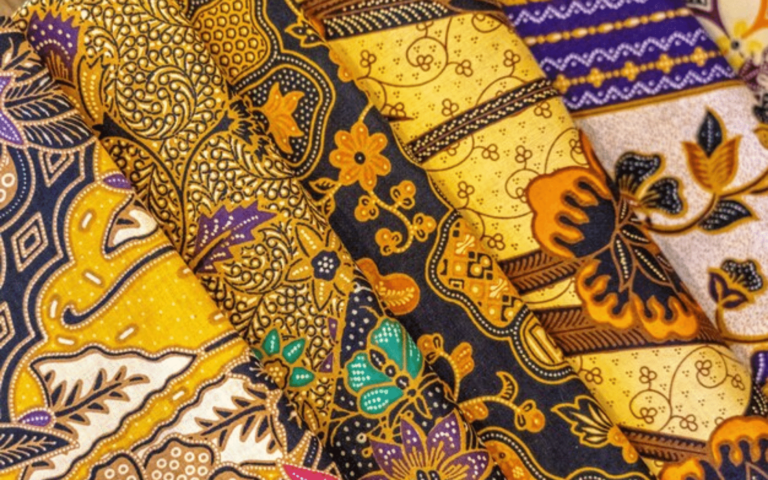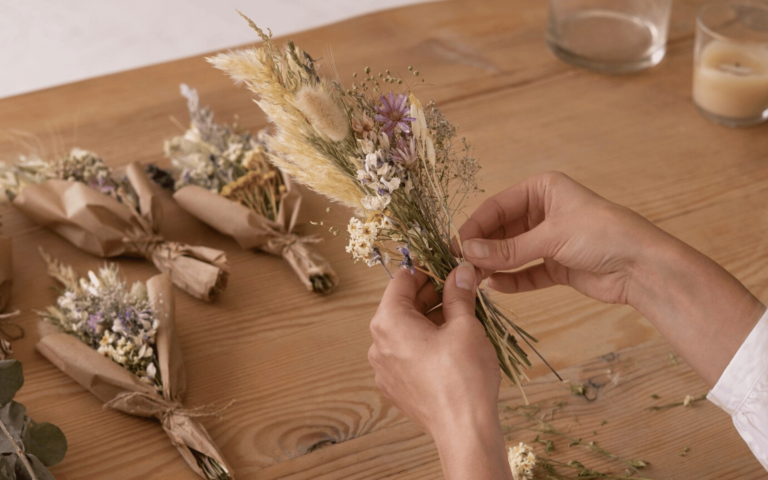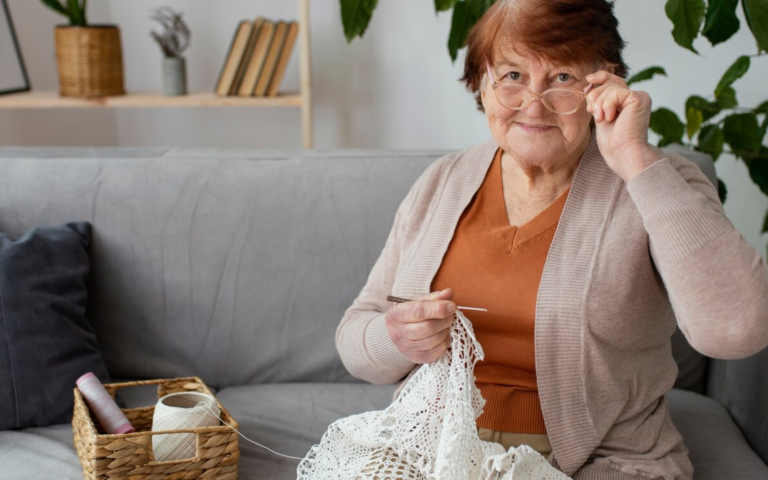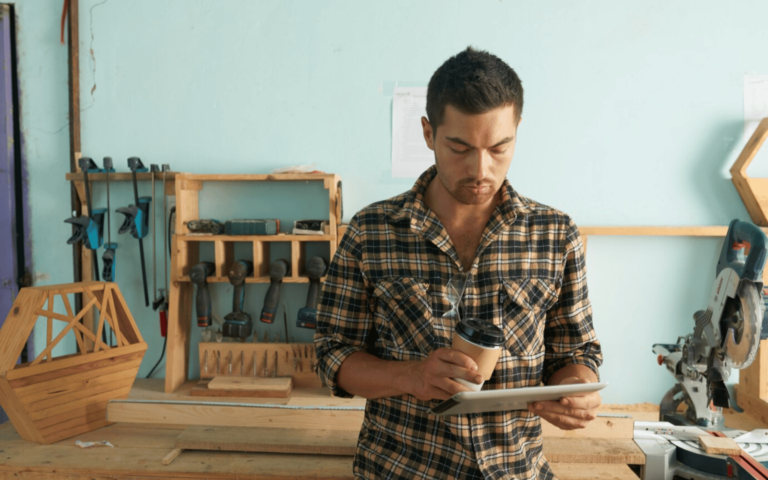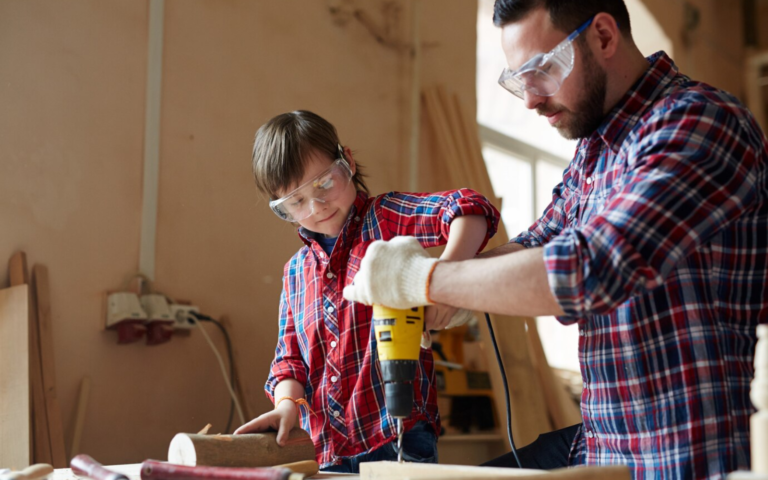Analyzing Textile Crochet Traditions: Unraveling the Rich Tapestry
Crochet, a craft deeply interwoven with history, transcends time and culture, leaving a trail of rich traditions. In this analysis, we embark on a journey through the intricate world of textile crochet, where every stitch tells a story and every pattern echoes the heritage of generations past. So, join us on this journey—a journey not just through stitches and patterns but through the cultural tapestry that crochet has been a part of for centuries. As we embark on this odyssey, the hook becomes a compass, guiding us through the landscapes of tradition and the uncharted territories of creative expression. Let’s unravel the threads, stitch by stitch, and analyze the profound beauty encapsulated in the world of textile crochet traditions.
The Roots of Crochet: A Historical Perspective
To truly understand the essence of crochet, we must unravel its historical roots. Emerging in early American history, crochet found its place as a method of repurposing fabrics into intricate textiles. The exact origins, while shrouded in mystery, trace back to traditional craft practices across continents. Recent scholarship suggests that crochet, with its distinct looping techniques, came into its own around two hundred years ago, becoming a distinct textile art form. As we traverse through the annals of time, we witness the evolution of crochet, breaking away from established yarn traditions and linking itself to the delicate world of lacemaking. The enigmatic tale of crochet’s origins adds an extra layer of fascination to this craft, making each stitch a testament to its rich and evolving history.
Evolution of Crochet Techniques
The evolution of crochet techniques is a testament to the adaptability and creativity inherent in this craft. Breaking away from traditional yarn norms, crochet has carved its niche by intertwining itself with the intricate art of lacemaking. This unique approach not only distinguishes crochet from other textile traditions but also opens up a world of possibilities for creative expression. As we analyze the evolution of crochet, we encounter a myriad of techniques that showcase the versatility of this craft. From delicate filet crochet to robust Tunisian crochet, each technique adds a layer of complexity and beauty to the overall tapestry of crochet traditions. The interplay of loops and stitches, once limited to functional textiles, has evolved into an art form that transcends utility, becoming a medium for self-expression and storytelling.
Tapestry Crochet Across Continents
Tapestry crochet, a technique that involves working with multiple colors and creating intricate patterns, serves as a thread that connects continents in the vast fabric of crochet traditions. As we traverse the Americas, Europe, and Africa, we witness the unique characteristics and regional nuances that define tapestry crochet in each locale. The tapestry crochet tradition in the Americas reflects a vibrant tapestry of cultures and influences. From the intricate geometric patterns of Native American tribes to the bold and colorful designs of Central and South American artisans, tapestry crochet in the Americas is a celebration of diversity and heritage.
In Europe, tapestry crochet takes on a more refined and intricate form, with patterns often inspired by the rich history of the continent. The interplay of colors and motifs in European tapestry crochet reflects a deep connection to the cultural tapestry of the region, weaving together threads of tradition and innovation. In Africa, tapestry crochet is a manifestation of the continent’s rich artistic heritage. Patterns often draw inspiration from traditional African motifs, telling stories of identity, community, and the beauty of diversity. The vibrant colors and bold designs in African tapestry crochet mirror the vitality and resilience of the people who have passed down this craft through generations.
Contemporary Innovations in Crochet
In the contemporary landscape, crochet is not merely a craft of the past; it is a dynamic and evolving art form that continues to push boundaries. The intersection of crochet with textile design, architecture, and materials research has ushered in a new era of analysis and innovation. Textile designers are incorporating crochet techniques into their creations, blurring the lines between traditional craft and high fashion. The marriage of crochet with architecture gives rise to installations and structures that redefine the boundaries of what crochet can achieve. Materials research analyzes new possibilities, introducing unconventional elements into the world of crochet, from recycled fibers to cutting-edge synthetics. As we navigate the colorful and playful landscape of modern knit and crochet, we witness a fusion of tradition and contemporary aesthetics. The crochet hook, once a tool for creating functional textiles, is now a brush in the hands of artists, creating intricate workpieces that challenge perceptions and redefine the boundaries of this age-old craft.
Diverse Applications of Crochet
Beyond the realm of traditional textiles, crochet has found its way into a myriad of applications, enriching diverse creative domains. The artistry of crochet extends beyond blankets and garments, making its mark in the realms of art and fashion. In the world of art, crochet serves as a medium for expression, with artists pushing the boundaries of the craft to create installations, sculptures, and mixed-media pieces. The interplay of light and shadow, coupled with the tactile nature of crochet, adds a unique dimension to these artistic endeavors.
Fashion, too, has embraced the versatility of crochet, with designers incorporating crochet techniques into haute couture and ready-to-wear collections. From delicate lace overlays to bold and chunky crochet accents, the runway becomes a showcase for the marriage of tradition and trend. Functional items also benefit from the artistry of crochet, with home decor, accessories, and even technical textiles embracing the handmade touch. The versatility of crochet allows for the creation of items that seamlessly blend functionality with aesthetic appeal, adding a touch of warmth and personality to everyday objects.
Step-by-Step Guide to Starting Crochet
For those venturing into the world of crochet for the first time, a step-by-step guide serves as a compass, navigating the uncharted waters of stitches, hooks, and patterns. Starting with the basics, beginners are introduced to the essential techniques that form the foundation of crochet. The first step involves understanding the crochet hook and yarn, the fundamental tools of the trade. Different hook sizes and yarn weights offer a spectrum of possibilities, allowing beginners to experiment and find their preferred combination. Aspiring crocheters are guided through the process of creating a slipknot and a foundation chain, laying the groundwork for subsequent stitches. The guide then progresses to the basic stitches that form the building blocks of crochet. From the simple single crochet to the more intricate double and treble crochets, each stitch adds texture and depth to the fabric. Clear and concise instructions, accompanied by visual aids, fortifying beginners to grasp the mechanics of each stitch, fostering a sense of accomplishment with every completed row.
Patterns, the roadmap of crochet projects, become the next focal point. Beginners are introduced to reading and understanding crochet patterns, deciphering the symbols and abbreviations that guide them through the creative process. Armed with newfound knowledge, individuals can embark on their first crochet project, whether it be a scarf, a hat, or a simple dishcloth. The guide concludes with tips and Tactics for troubleshooting common challenges faced by beginners. From fixing tension issues to unraveling mistakes, the guide aims to instill confidence in aspiring crocheters, encouraging them to embrace the learning curve and find joy in the journey of creating with yarn and hook.
Interviews with Crochet Artisans
In the realm of crochet, artisans stand as torchbearers of tradition, weaving tales of passion, inspiration, and dedication into every stitch. Through a series of interviews with experienced crochet artisans, we gain insight into their personal journeys, creative processes, and the profound impact of crochet on their lives. Each artisan brings a unique perspective to the table, showcasing the diversity of styles and approaches within the world of crochet. From those who have honed their craft through decades of experience to emerging talents pushing the boundaries of tradition, the interviews paint a vivid picture of the dynamic and inclusive community that surrounds crochet.
Artisans share their sources of inspiration, from nature’s beauty to cultural heritage, revealing the rich tapestry of influences that shape their creations. The interviews delve into the symbiotic relationship between tradition and innovation, highlighting how artisans draw from the past while infusing their work with a contemporary flair. Notable works and projects take center stage as artisans proudly showcase their creations. Each piece tells a story, whether it be a meticulously crafted garment, an intricate tapestry, or a whimsical amigurumi creation. The interviews serve as a celebration of the artistry that flourishes within the crochet community, honoring the dedication and skill of those who contribute to the ongoing legacy of this timeless craft.
Preserving and Promoting Crochet Heritage
As we analyze the diverse and vibrant world of crochet traditions, the importance of preserving and promoting this heritage becomes evident. Organizations, initiatives, and passionate individuals play a role in safeguarding the techniques, patterns, and cultural significance embedded in crochet. Initiatives dedicated to preserving crochet heritage often involve documentation and archiving of traditional patterns, ensuring that they are accessible to future generations. By creating repositories of knowledge, these initiatives serve as valuable resources for researchers, enthusiasts, and aspiring crocheters eager to delve into the roots of the craft. Educational programs and workshops become conduits for passing down crochet traditions to new generations. Experienced artisans, often acting as mentors, share their knowledge and skills with eager learners, fostering a sense of community and continuity. These educational efforts contribute to the sustainability of crochet as a living tradition, ensuring that the craft remains relevant and cherished.
Community engagement plays a pivotal role in promoting crochet heritage. Events, festivals, and online platforms bring together enthusiasts from diverse backgrounds, providing spaces for sharing knowledge, showcasing creations, and celebrating the rich tapestry of crochet traditions. Through these communal efforts, the vibrant and inclusive nature of the crochet community shines, reinforcing the idea that crochet is not just a craft but a living, breathing cultural phenomenon.
Crafting Connections Through Crochet
Crochet, a craft of age-old traditions and meticulous skill, serves not only as a method for creating intricate patterns but also as a means of weaving together cultural stories and individual experiences from around the globe. This universal thread of creativity fosters connections among different communities, each contributing unique styles and methods to the vast tapestry of crochet.
The essence of crochet lies in the simple act of pulling loops through other loops, yet this basic technique has given rise to an astonishing variety of styles and applications. Each region adds its own flavor, using local materials and techniques that have been refined and passed down through generations. For instance, the bright, vivid colors used in South American crochet reflect the vibrant cultures and landscapes of the area, while the more subdued and delicate patterns found in European crochet echo a preference for traditional aesthetics.
The versatility of crochet is evident in its myriad applications, from functional items like clothing and home décor to more artistic expressions such as sculpture and public installations. These diverse uses not only demonstrate crochet’s adaptability but also its role in modern material culture, bridging the gap between functional craft and fine art.
In various communities, crochet acts as a catalyst for social gatherings, where individuals come together to share techniques, inspire each other with new ideas, and provide mutual support. These gatherings, whether in person or online, highlight the communal spirit of the craft, fostering a sense of belonging and togetherness among participants. Through these interactions, crochet enthusiasts are able to exchange not just patterns but also personal anecdotes and cultural histories, enriching each other’s understanding of the world.
Moreover, crochet serves educational purposes, teaching skills such as patience, precision, and creativity. It also provides therapeutic benefits, as the repetitive motion of the crochet needle can be a calming, meditative activity that helps individuals manage stress and improve their focus. For many, crochet is not just a hobby but a vital part of their lifestyle, offering a practical way to relax and unwind.
The impact of crochet extends beyond individual crafters to the wider economy. Artisans who master the craft can create sustainable livelihoods, selling their wares in local and international markets. This economic aspect is crucial, particularly in regions where traditional crafts represent a significant portion of the local economy. By purchasing crochet products, consumers not only acquire a handmade, unique item but also support the artisan communities and help preserve traditional crafts.
Finally, the significance of crochet in today’s world can be seen in its role in sustainable practices. Many crafters opt for eco-friendly materials, such as recycled yarn or natural fibers, reflecting a growing awareness of environmental issues within the crafting community. This shift towards sustainability highlights how traditional crafts like crochet can adapt to contemporary concerns, making an old art form relevant in a modern context.
Crochet is more than just a craft; it is a vibrant, dynamic form of expression that transcends borders and generations. It fosters community, supports economic sustainability, promotes environmental awareness, and enriches our lives with beauty and purpose. As we continue to pull loops through loops, we are not just crafting items but also crafting connections, making the world a more interwoven and cohesive place.
Outcome
As we conclude our analysis of textile crochet traditions, the tapestry woven through history, culture, and creativity comes into full view. From its humble origins rooted in early American history to the global tapestry of tapestry crochet, the journey of crochet is one of resilience, adaptability, and timeless beauty. The contemporary innovations, diverse applications, and the dedication of crochet artisans stand as testaments to the enduring allure of this craft. As we step into the future, it is clear that crochet is not merely a craft of the past; it is a dynamic and evolving art form that continues to captivate and inspire.
As we bid farewell to this analysis, let the legacy of crochet traditions serve as an invitation to all: an invitation to pick up a hook, unravel the threads of history, and contribute to the ever-growing tapestry of textile crochet. In each stitch, in every pattern, and with every creation, the journey of “analyzing Textile Crochet Traditions” continues, weaving a story that transcends time and stitches itself into the fabric of our shared creative heritage.



